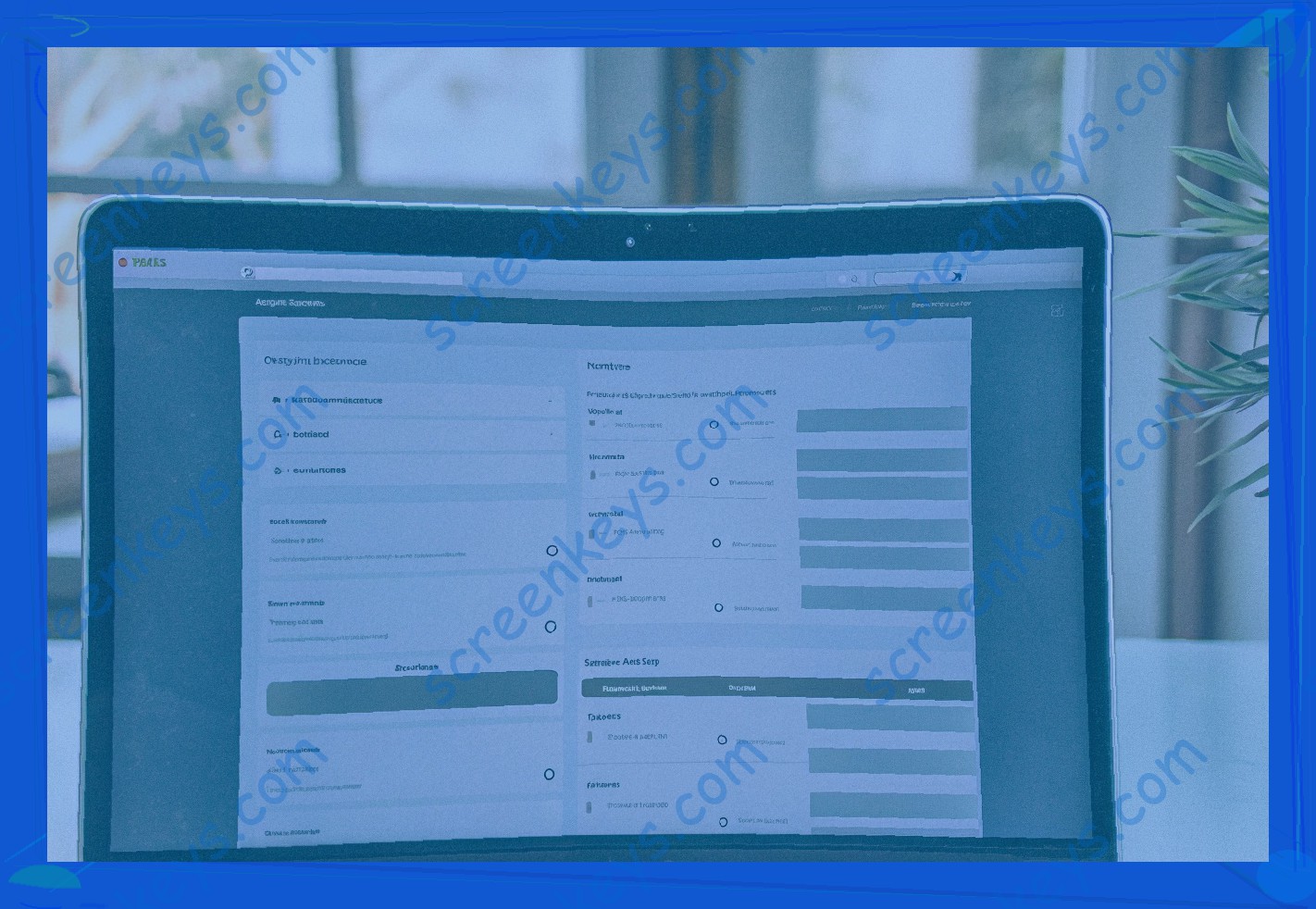What is a Clause Library?
A contract clause library is a centralized collection of standard agreements and transactional forms that legal counsel, pre-sales teams, and other similar professionals regularly use when negotiating or drafting contracts. It’s a valuable resource because it allows for the reuse of approved clauses, enabling faster, more efficient negotiation, drafting, and signature of regular agreements and forms.
Contract clause libraries can span many types of agreements, including:
Contract clause libraries can either be created internally or provide access to an externally managed library, such as those provided by contract automation vendors that maintain agreements reviewed, vetted, and updated by a staff of experts . Those maintained and developed internally may also contain notes or guidance to support more efficient negotiations, standard practices for the organization, and best practices. It’s important for your contract clause library to be extensible so that you can continue to expand your library with new templates and clauses.
Both methods are useful and are considered cornerstones for any high-performing contract and commercial deal management group. The efficient and consistent use of contract clause libraries is considered an industry best practice, whether it’s a law firm, seeking to be a "one-stop shop" for regional business, or an in-house legal team, supporting a large enterprise.

Benefits of a Clause Library
Advancements in contract lifecycle management software now allow lawyers to create reusable clause libraries for their contracts. But how can these libraries benefit your practice?
Firstly, it makes drafting quicker. Dealing with static clauses, such as limitations of liability clauses, non-solicitation clauses and others, can be redundant. Luckily digital technology offers solutions to this: automated clauses and clause libraries speed up the process of drafting by allowing lawyers to quickly locate and use the same wording for multiple contracts.
Secondly, it ensures consistency. In some cases you may have used different versions of the same clause in different contexts. With a clause library you can quickly find the wording you prefer and use it across all your contracts.
Lastly, it enhances accuracy. Clause libraries are usually maintained by a team of lawyers with expertise in specific areas of the law. This makes sample clauses a better source of information for lawyers who might not have that specialist knowledge.
For example, it could be very difficult to create a flexible clause on limitations of liability without the help of experts. Similarly, for "English law" (its jurisdiction) based lawyers, having access to European wide contract terms (applicable to EU based lawyers), is very useful.
Types of Clauses Included in the Library
The clauses typically included in the library vary based on the type of agreements in which those clauses are commonly used. In this section, we will focus on the three most commonly requested. For example, for a corporate acquisition, in addition to the consideration payable in exchange for the company being acquired (known as the "purchase price"), any due diligence items related to the transaction and pre-closing conditions (including the timing of the closing) may need to be considered. In contrast, for a commercial lease, a landlord may want to include a representation that the tenant will use only the premises, whereas the tenant may want to include a representation by the landlord that the premises is appropriate for tenant’s intended use.
You will recall from our initial discussion in the Introduction that the three most requested types of clauses are: (1) indemnity clauses, (2) confidentiality clauses and (3) arbitration clauses. The common types of clauses include:
Indemnity Clauses
Indemnity clauses seek to protect one party from loss or liability arising from the conduct or actions of the other party. The purpose of an indemnity clause is to reduce a party’s exposure to claims made against it by a third party. For example, each party in an acquisition would want the other party to indemnify it to reduce the cost of loss, liability or harm. For example, if the buyer discovers later that the seller’s representations were false, the buyer may seek indemnity under the indemnity clause for the losses that it incurred. There are two types of indemnities: (i) general indemnities and (ii) specific indemnities. A general indemnity seeks to protect a party against liabilities typically associated with the parties to an agreement, such as breaches of contract whereas a specific indemnity only includes the specific liabilities or circumstances.
Confidentiality Clauses
Confidentiality clauses set out the obligation imposed by one or both contracting parties to hold information in confidence and the limitation of the use of confidential information.
Arbitration Clauses
Arbitration clauses are inserted into contracts where the parties want their disputes to be resolved by arbitration instead of by the courts. Arbitration is a form of alternative dispute resolution whereby the parties submit their dispute to a third party, called an arbitrator, who makes a decision that will be binding on the parties.
Creating Your Own Clause Library
Equipping your library with these essential tools isn’t the end of the process. The second half of building out your library is actually deciding on, organizing, maintaining, and updating the content of your library in a way that best suits your practice. Essentially, the question becomes, how do I build a contract clause library?
It’s a bit disorganized, but I’m going to describe the process as it happens in my mind. First, you want to include things as you notice them. So as you’re reviewing other contracts, notice how they treat certain things and include it into your own library. If it’s something you want to do, do it, but if it’s not, leave it out.
Second, decide if you want to do it for every contract or for certain types. I think of this as you’re doing an annual summer cleaning—you still have that style of separation for different types of contracts, but you can go back.
How do you categorize? Do you have them by contracting party, or do you have them by subject matter? It’s really up to you, but if your practice is civil litigation, you want to make sure you keep them categorized by subject matter.
So, once you have your general categories, you want to dive in to determine how granular you want to go within those categories. There’s tons of different ways to categorize them. Do you want to include them by type, by risk avoidance, or by stage of contract life? How about by risk avoidance? Then, which things are different types of risks and how do you address each risk type? You make the decision and then stick with it.
Then, once you have that initial categorization, you need to date and revise your clauses to keep your library up to date. For example, include information about when the clause was last used externally and whether it has been subject to any comment from other firm members. You can even include the name of the last person who adopted the language and/or particular negotiation points or issues of concern.
Second, decide whether you will include examples of how the clause should or should not be used. Will you use other clauses to clearly distinguish how it should or should not be used?
Third, update the library regularly. Review each clause periodically and revise the library to ensure you’re using the most updated version. When you or your colleagues adopt new clauses, think of the library as an opportunity to continually improve your offering.
Clause Libraries: Digital Versus Traditional
For years, lawyers have identified useful language in other lawyers’ contracts. They have marked up those contracts, and filed them in cabinets. For our children, a "clause library" stood for "a bunch of cabinets crowded with old contract books and papers."
Others stored clauses on word processors, another generation of lawyers’ "clause library." The word processors stored the clause library, but in a way that required a good memory and some serious searching. You could type in some words to search, but the result was a mudslide of relevant and irrelevant results. It was impossible to knit words together from different locations across multiple clauses. You could copy and paste words and phrases into a new document , but you had no way to know if there were better combinations of words somewhere else in your library. It was no better than searching on Google.
Modern lawyers save clauses in different Word or Word-compatible documents. These document libraries all use the same ineffective culling and search methods as the old cabinets. The downside to saving clause libraries in Word or Word-compatible documents is that you can’t find the best phrases in one document and then import them into several others. It is also tedious to try to join words and phrases from separate documents into a new document.
The modern answer to the problem of clause libraries is to use enterprise document automation software. Enterprise software allows legal practitioners to easily curate clause libraries, collate clauses into new documents, and draft reference documents intelligently and with automatic quality control. The resulting libraries are easy to use. With a good enterprise solution, you won’t make the same mistakes over and over again.
So, take advantage of the power of modern technology in your practice. You may never love contracts, but at least the process of creating them can be more enjoyable.
The Impact of Technology on the Clause Library
Technology has increasingly become a vital tool for legal practitioners, particularly when drafting complex contracts that include a multitude of clauses. In the past, such clauses were often re-purposed from previous contracts, sometimes without complete understanding of their purpose or implications. With the development of the internet, free access to huge libraries of precedent agreements became possible rather quickly. However, it did not take long for people to start copying clauses from those agreements without fully understanding the context, and making them their own in new agreements. This blog will focus on how modern technology is helping solve some of those problems.
Many of the earlier online resources available for free could not be efficiently searched, requiring users to download and search documents individually. Today, this is no longer true. For example, users now have access to full-text search of all the contracts available in a library, which allows them to search for specific terms and phrases. These algorithms powered by artificial intelligence reduce the effort required to find relevant agreements to notifying the user when a match is found. Chatbots help lawyers with basic legal questions, by directing those questions to the relevant provisions. Integration of contract clause libraries with contract management software and due diligence software helps bring the entire process together on the cloud for both serious and casual users who only need quick answers.
Whether setting up a contract clause library from history or resetting it every few years, a clause library needs to stay crisp. By using automated tools to flag clauses that go stale, or are no longer valid, a well-maintained clause library saves lawyers time and costs. Such reviews are not only hard, but also time consuming when done manually. By using AI, machine-managing and flagging provisions that require manual review, e.g., searching for laws and regulations that clauses in the library refer to, these tasks becomes much easier.
A good contract clause library will also provide a number of variations for clauses to choose from. What should also happen at this point is the ability to apply an automated grading score system for different types of provisions within the library. A grading system can be used to highlight provisions with significant changes and variations from a vanilla version, both to show the lawyer considering the options and to allow meaningful comparison.
Once a solution to keep a clause library maintained and consistently updated is determined, the next step is to enable the lawyer and contract management software to manage the library, and also provide a consistent, cross-referenced list of clauses easily and more intelligently. For example, a standard provision may refer to the word "intellectual property," to a data protection clause, or to a joint research provisions, which is a larger topic. Normally, a legal practitioner will have to examine each provision individually, triggering the need to review and update multiple provisions.
Finally, a well-designed clause library should provide a basis for standardization where feasible. Such a library should also enhance the ability to flag and minimize any deviations between various versions of a clause and suggest alternatives for better compliance with legal standards and best practices.
Best Practices for Clause Library Use
There’s no way around it: the key to managing legal risk is finding the right provision for the situation at hand and making sure that it’s included in the contract, but it’s easier said than done. The reason why so many companies wrestle with provisions like those above—and can have hundreds of variations just for the warranty clause—is that most companies have no system for navigating their clause libraries.
An effective clause library can help. Since it’s supposed to be a central resource, you’ll use it often, and it will help you narrow your search. If you’ve let your repository become a dumping ground for everything , it won’t! Here are some of the best practices for using a clause library:
As you read this list, it likely takes more forethought than "simply put them in a folder and search them" would allow—and that’s the entire point. For all the risks that come with poorly drafted provisions, when you use an effective clause library you’ll be able to navigate around them. Though you might choose a specific provision anyway, you’ll also be able to find it within your repository and see exactly how it fits into the rest of the agreement.



